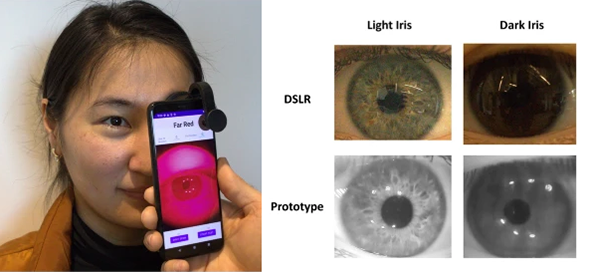|
Nadia Sledge, OD, attended her first SNAPP Annual Meeting in Las Vegas, Nevada, in September because she thought it would be convenient to get several hours of continuing education in one place. “I got so much more out of it than CE, though. It was wonderful,” she says.

Dr. Sledge
Dr. Sledge, who has been a Pearle leaseholder in Houston, Texas, since 2005, says she particularly enjoyed the session on nutrition presented by Joe DeLoach, OD. “That information was helpful on a personal note as I’m trying to improve my own health,” she says.
But presenter Mark Hinton’s mention of the benefits of hiring a remote receptionist piqued her interest. Dr. Sledge onboarded her first two remote receptionists in October, following the resignation of another staff member. With staff turnover and the time and effort it takes to hire and train someone, she was curious to see if there was a better way.
These new employees will answer phones remotely and follow a protocol for transferring calls to the office that deal with clinical questions. Virtual Assistants perform the administrative tasks of booking appointments, verifying insurance, sending intake paperwork, and entering patient data into Acuity. “This alleviates a lot of the strain on the staff,” says Dr. Sledge. “My in-office employees can be on the phone less and engaged with patients in the office more.”
Dr. Sledge is using Teem (hireteem.com), which screened applicants for her and employs the remote workers. The two virtual receptionists are dedicated exclusively to Dr. Sledge’s practice, so there is continuity. The process has gone so well that Dr. Sledge is thinking about adding a virtual scribe in the future.
“I had not considered this option at all. I thought that virtual employees could work for a large ophthalmology practice, but it wasn’t until Mark Hinton talked about it working in his location that I chose to explore it. I’ve gone through so many receptionists in the past 20 years that it is exciting to think there might be a better way,” she says.
|






